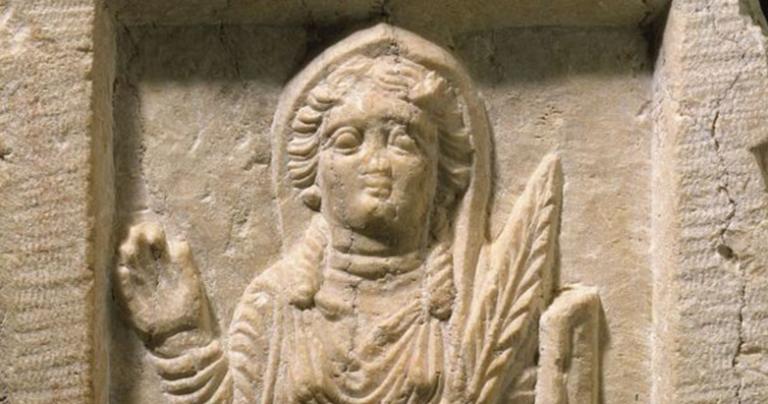Lat, Lies and Mythology (Part 1)

Arguably out of all the most common arguments dominating discourse surrounding the root origins of Shirk (polytheism), the story of al-Lāt holds centre stage. Although we have covered other no less important distinct poles within this narrative, such as the idols worshipped by the people of Noah (peace be upon him), and the narration which states: ‘O Allah do not make my grave a wathn’ (idol),’ the matter of al-Lāt is perhaps the most often quoted and referred to. Indeed some would argue it is the thread holding the entire narrative together.
Detailing this matter is quite a tall order. In order to do the subject justice, we are presenting this study in two distinct parts. The first, is part of the chapter devoted to this topic, which is from the forthcoming English edition of Volume 2 in the series Kitāb al-Tawḥeed, by Professor Muḥammad ibn Abdullah al-Massari. This chapter appears in Part V of Vol.2 which exhaustively covers the historic reality of paganism in Arabia. As far as we can discern, nothing is comparable to this study, whether in English or even in Arabic. Here the Professor details how the story of al-Lāt has been utilised to devastating effect within the dominant discourse surrounding the root origins of Shirk. A comprehensive analysis is presented regarding the reality of al-Lāt, from a detailed assessment of the Qur’ānic verses and Tafsir, down to the plethora of athar (narrative reports) upon which this story is based.
أَفَرَأَيْتُمُ اللَّاتَ وَالْعُزَّى، وَمَنَاةَ الثَّالِثَةَ الْأُخْرَى، أَلَكُمُ الذَّكَرُ وَلَهُ الْأُنثَى، تِلْكَ إِذاً قِسْمَةٌ ضِيزَى
[Disbelievers], consider al-Lat and al-Uzza, and the third one, Manat – Are you to have the male and He the female? That would be a most unjust distribution!
Arguably one of the most famous reports on this, is that which has been attributed to Ibn ‘Abbās, may Allah be pleased with him, as reported by al-Bukhāri:
حدثنا مسلم بن إبراهيم حدثنا أبو الأشهب حدثنا أبو الجوزاء عن ابن عباس رضي الله عنهما في قوله اللات والعزى كان اللات رجلا يلت سويق الحاج
Muslim ibn Ibrāhim narrated to us Abul’Ashab narrated to us Abul’Jawzā’ narrated to us from Ibn ‘Abbās, may Allah be pleased with him, (concerning the verse where) He says: ‘al-Lāt and al-‘Uzza,’ (he said): ‘al-Lāt was a man who used to kneed (or mix) the saweeq for the pilgrims.’
Yet that channel of reporting, the isnād, is not fully connected and it is broken. Why do these tall tales even exist? They are an attempt to try and explain how idolatry was adopted by the Arabs up to the dawn of Islam. But precedence shouldn’t be given to stories when we have the clear words of the Messenger of Allah, peace and blessings be upon him explaining how idol worship was introduced to the Arabs. These aḥādith are transmitted by tawātur (continuous recurrent channels), conclusively showing by way of revelation that the man who introduced idol worship was ‘Amr ibn Luḥay.
For part two of this study, we will cover the historical aspects to this false goddess. We will outline and examine some of the vast array of archaeological evidence surrounding the cult of al-Lāt which exists, a cult centered upon this ‘female goddess’ which stretches deep into antiquity in the Near East. The worship of al-Lāt, together with al-Uzza and al-Manat, as referred to by the Qur’ānic verses in Surah al-Najm (ch. 53), were not a phenomena solely limited to the pagans in Arabia at the dawn of Islam. Demonstrable evidence exists to show that these cults spanned across the Near East in antiquity, from Qaryat al-Faw, through to Hatra; from Palmyra and Ugarit to Nabatea.
Given its length and complexity, we have prepared the chapter for download which can be accessed by clicking on the book cover below:



